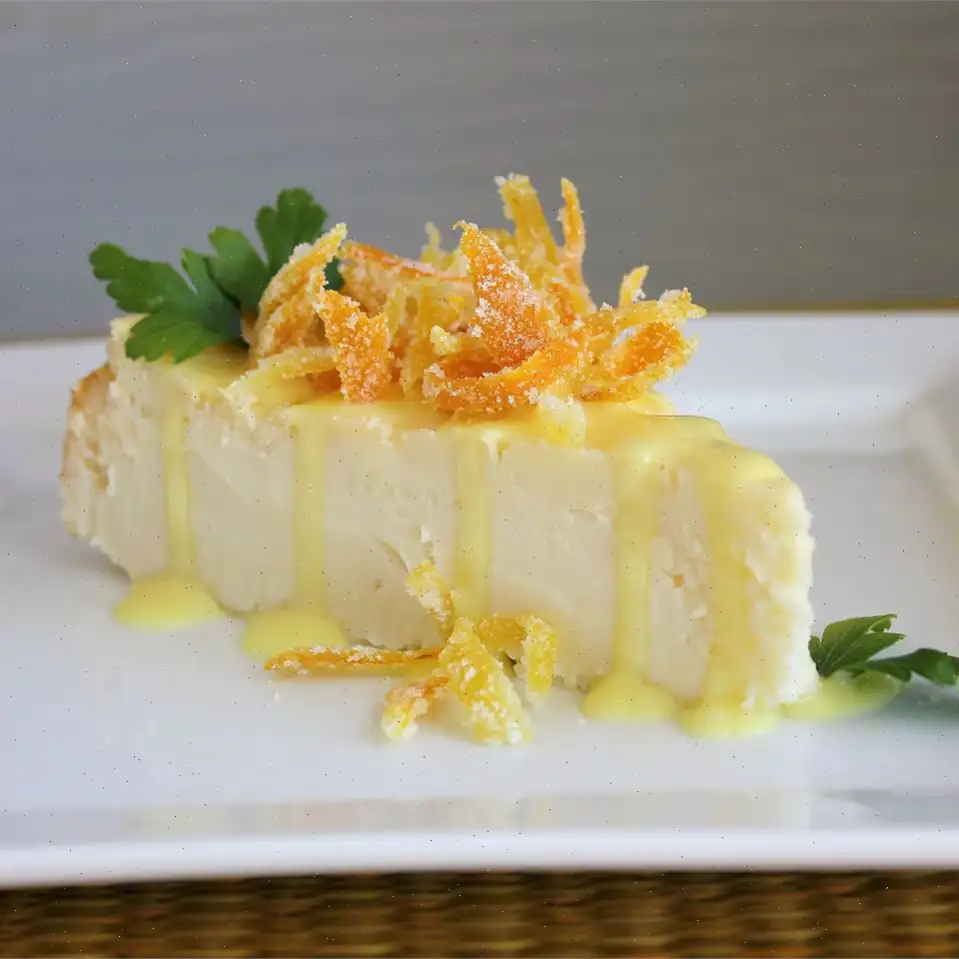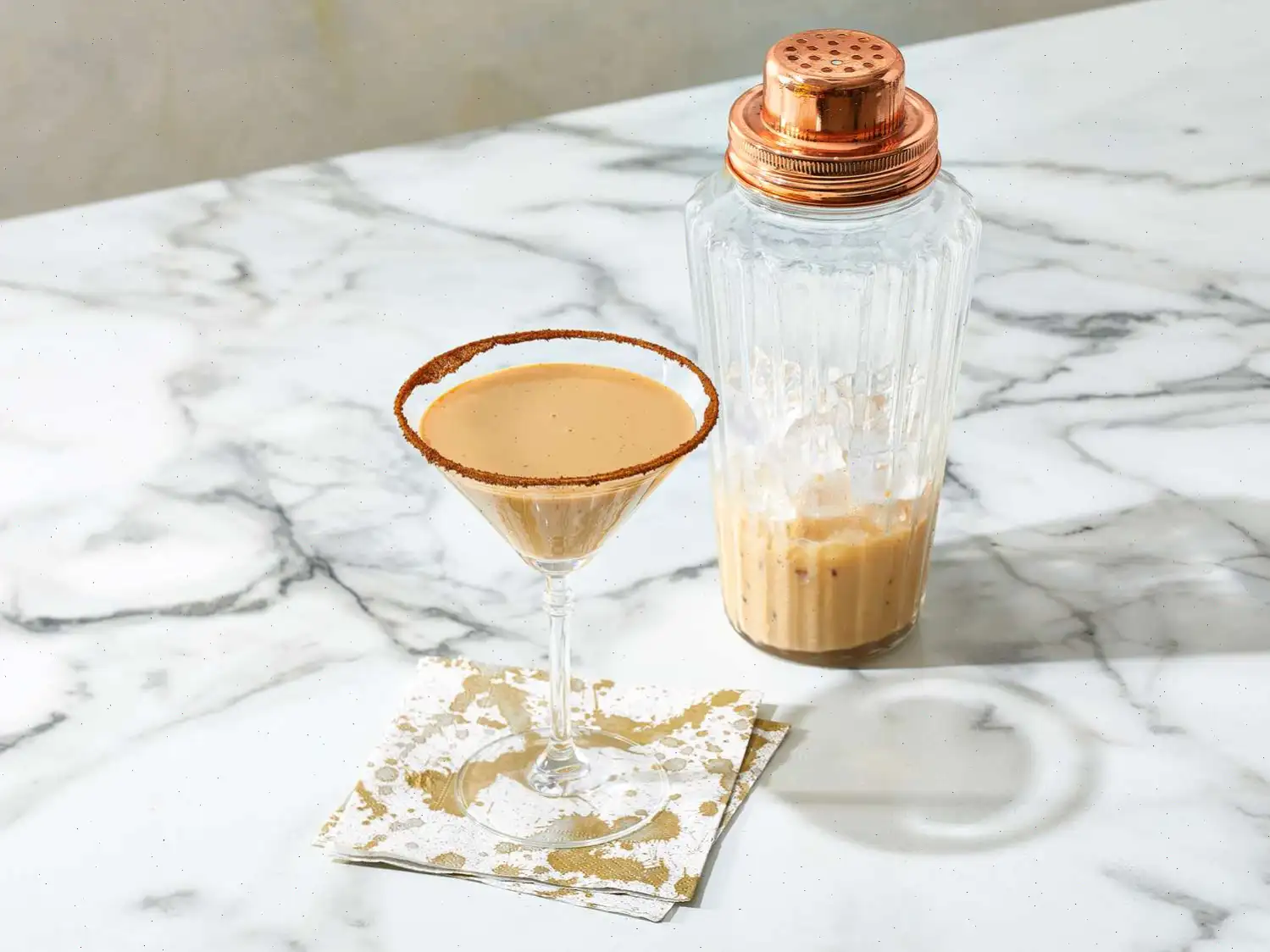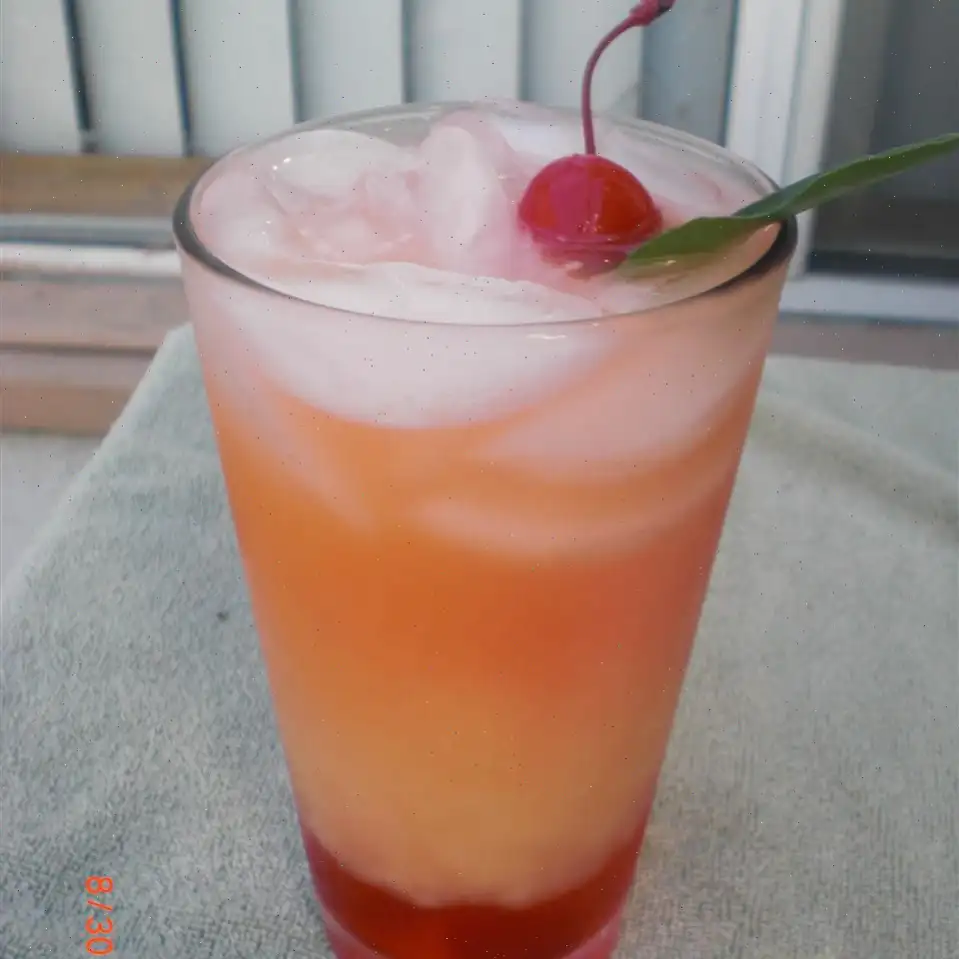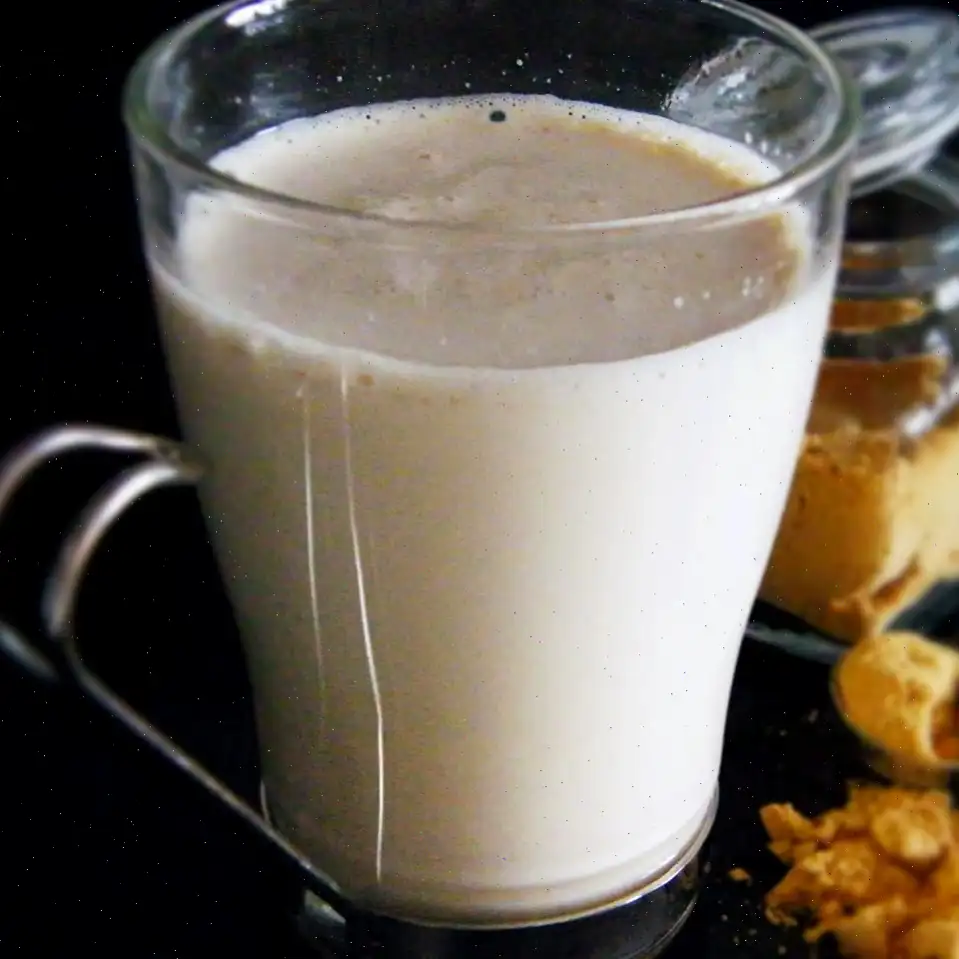
Authentic German Cheesecake Recipe
Cheesecake Recipe
Ingredients
- 1 cups white sugar
- 2 tablespoons cornstarch
- 3 tablespoons all-purpose flour
- 2 (8 ounce) packages cream cheese, softened
- 1 pound small curd cottage cheese
- cup butter, softened
- 4 medium eggs
- 1 tablespoons lemon juice
- 1 teaspoon vanilla extract
Directions
- Preheat the oven to 350F (175C). Grease the bottom and halfway up the sides of a 9-inch springform pan.
- In a small bowl, mix together the sugar, cornstarch, and flour. Set aside.
- In a large bowl, combine the cream cheese and cottage cheese. Beat with an electric mixer at high speed until smooth and fluffy.
- Add the softened butter to the cheese mixture and continue beating until well combined.
- Gradually add the sugar mixture, beating until fully incorporated.
- Add the eggs one at a time, beating well after each addition and scraping down the sides of the bowl as needed.
- Stir in the lemon juice and vanilla extract. Mix until smooth.
- Pour the batter into the prepared springform pan, spreading it out evenly.
- Bake in the preheated oven for 1 hour and 10 minutes, or until the center is set and the top is lightly golden.
- Turn off the oven, leave the cheesecake inside, and let it rest for 2 hours with the oven door closed.
- Remove the cheesecake from the oven and let it cool completely on a wire rack.
- Refrigerate for at least 4 hours, or overnight, to chill before serving.
Nutrition Facts (per serving)
- Calories: 371
- Total Fat: 24g (31% DV)
- Saturated Fat: 15g (74% DV)
- Cholesterol: 129mg (43% DV)
- Sodium: 342mg (15% DV)
- Total Carbohydrate: 30g (11% DV)
- Dietary Fiber: 0g
- Total Sugars: 25g
- Protein: 10g (20% DV)
- Vitamin C: 1mg (1% DV)
- Calcium: 64mg (5% DV)
- Iron: 1mg (5% DV)
- Potassium: 106mg (2% DV)
Note: If available, substitute quark for cottage cheese for a slightly different flavor.

Author: MISS ALIX
Reviews: 4.7/5
History of German Cheesecake
The origins of the German cheesecake, also known as "Ksekuchen," date back centuries, with the earliest known recipes found in medieval German cookbooks. Unlike its American counterpart, which uses cream cheese as a base, the traditional German cheesecake uses a soft cheese called quark, a fresh, unripened cheese popular in many European countries. Over time, various regions in Germany developed their own variations, but the core principle of using quark as the primary ingredient remains unchanged. The cheesecake was originally a humble dessert, often served during holidays and family gatherings, becoming a beloved staple in German bakeries.
Regional Differences
In Germany, the type of cheesecake varies by region. In the south, especially in Bavaria, quark-based cakes are popular, while in other parts of Germany, versions with a biscuit or shortbread crust are common. The northern regions, where dairy products are integral to local cuisine, tend to prefer cheesecakes without a crust, emphasizing the pure, creamy texture of the filling. Many Germans still follow the tradition of using quark, though when it's unavailable, cottage cheese can serve as a suitable substitute. Additionally, in some areas, fruit toppings like cherries or berries are used to enhance the flavor.
How It Differs from Other Cheesecakes
What sets German cheesecake apart from its American cousin is its light, airy texture. The use of quark instead of cream cheese gives the cheesecake a less dense and more delicate mouthfeel. Moreover, German cheesecakes are typically less sweet than their American counterparts, which are often heavy on sugar and toppings like whipped cream or fruit compotes. The German version emphasizes the tangy, creamy flavor of the cheese itself, and the crust is often more subtle or entirely omitted, letting the filling take center stage.
Where is German Cheesecake Served?
German cheesecake is a ubiquitous dessert in Germany and is served in many settings, from casual family dinners to celebratory events like birthdays and weddings. It is often found in bakeries and coffee shops, where it is enjoyed with a cup of coffee or tea. In fact, the combination of a slice of Ksekuchen with a hot drink is a beloved afternoon tradition, especially in the colder months. Its also a popular dessert during the Christmas season, where many families bake it as part of their festive meals.
Interesting Facts
One fascinating fact about German cheesecake is that it doesn't always require a crust, though variations exist. While the crustless version is the most traditional, many modern recipes incorporate a simple, buttery base made from crushed biscuits or cookies. Furthermore, quark, the key ingredient in authentic German cheesecake, is a versatile dairy product. Its not only used in cheesecakes but also in savory dishes like dips and spreads, making it a staple in German households. Quark has even made its way into other countries, with some finding it as a substitute for cream cheese in other recipes.
FAQ about Authentic German Cheesecake Recipe
Comments
Diane Sanchez
08/12/2023 06:46:36 AM
I substituted cottage cheese with ricotta (eight parts ricotta to one part sour cream, blended together) and created the most incredible cheesecake I've ever tasted. It wasn't overly sweet or bland, just the ideal cheesecake flavor. This recipe will definitely be my new favorite.
Sharon Taylor
08/08/2022 07:05:29 AM
I made this cheesecake for friends during a German-themed dinner party. The flavor was incredible, and it wasn't as sweet as traditional American-style cheesecake. I used Brownie Batter flavored quark that I discovered at Publix. Everyone agreed it was the best cheesecake they had ever tasted!
Lisa Rodriguez
02/10/2023 10:06:24 AM
Cheesecake perfection! Having sampled cheesecakes from all corners of Germany, I can confidently say that this recipe hits the mark. Its airy, delicate texture will have you reaching for just one more slice. I made a slight alteration by utilizing a leftover Linzertorte crust, which lent a delightful crispness and complemented the lemony cheesecake with its almond undertones beautifully.
Catherine Carter
12/10/2022 06:24:43 PM
I came across quark last summer, living in dairy country in northwestern Washington state. A local cheese maker, Appel Farms, sells it here. While searching for quark recipes, I stumbled upon a cheesecake recipe that I decided to make for Christmas dinner. It was a hit with everyone, especially with the addition of some grated lemon rind. I enjoyed a slice for breakfast this morning with some blackberries I had frozen from a nearby farm. This recipe is definitely going to be a regular in my kitchen from now on.








